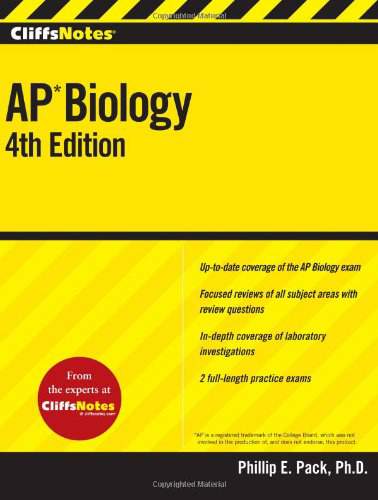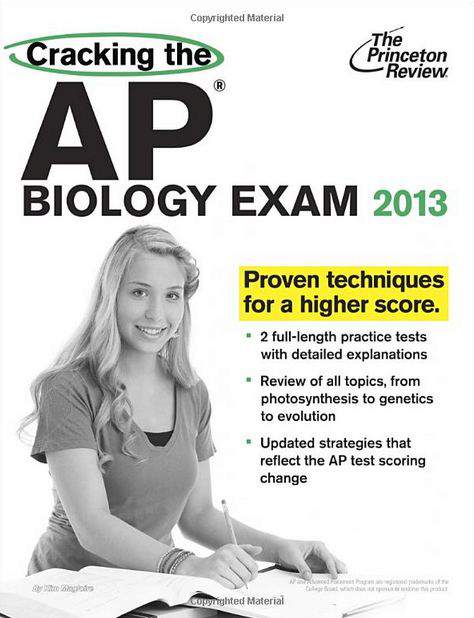Connecting...

For more information, please see full course syllabus of AP Biology
AP Biology Transcription and Translation
Genetic information is stored in DNA. An RNA transcript can be made and transported into the cytoplasm, where it translated into proteins. RNA comes in three forms: messenger (mRNA), ribosomal (rRNA), and transfer (tRNA). Transcription takes place in three parts: initiation, elongation, and termination. Translation builds an amino acid sequence based on the genetic code. Start and end points are indicated using codons. Silent mutations can occur where the same proteins are translated even though the genetic code has changed as redundancy is built into the genetic code. The second type is missense mutation, where a different amino acid will be added to a protein chain based on the genetic mutation. Nonsense mutations form a stop codon. Natural errors, chemicals, excessive sunlight, and radiation can all cause mutations.
Share this knowledge with your friends!
Copy & Paste this embed code into your website’s HTML
Please ensure that your website editor is in text mode when you paste the code.(In Wordpress, the mode button is on the top right corner.)
- - Allow users to view the embedded video in full-size.










































 Answer Engine
Answer Engine





0 answers
Post by Maryam Fayyazi on September 25, 2017
I am a little confused about the TATA box and star codon AUG. Please correct me if I am wrong so the TATA box in on DNA which initiate the transcription but start codon in on mRNA to began the translation
1 answer
Last reply by: Sazzadur Khan
Wed Jan 11, 2017 9:40 PM
Post by Sazzadur Khan on January 11, 2017
during translation, does the process go from E to P to A or from A to P to E?
1 answer
Tue Jun 17, 2014 7:44 PM
Post by Rachel Naiukow on May 31, 2014
Isn't the template strand (in transcription) known as the antisense strand and the coding strand as the sense strand? The sources I looked at said as such. A mnemonic I like to use is that the "sense" strand (makes sense) because it is the same as the mRNA strand being transcribed, with the exception of the Thymine replaced with Uracil. The antisense strand doesn't (make sense) and is complementary.
1 answer
Sun Dec 16, 2012 4:52 PM
Post by omri shick on December 12, 2012
have to thank you!!! you helped me a lot with biology class.
0 answers
Post by Dr Carleen Eaton on November 26, 2012
You are correct. I apologize for the error. For Example III the answer should be:
3'UCG GAA CGC AGU 5'
1 answer
Mon Nov 26, 2012 11:55 PM
Post by jessica chopra on November 21, 2012
at 4:32 you said C and G are purines...thats wrong...A and G are the purines
1 answer
Mon Nov 26, 2012 11:43 PM
Post by bakar yasin on November 14, 2012
Hi. Dr Carleen Eaton,
around 68:55 why does T in DNA becomes U in RNA?
1 answer
Mon Nov 26, 2012 11:44 PM
Post by Chana Heintz on October 21, 2012
in example three the base pairing is done wrong.
1 answer
Mon Nov 26, 2012 11:58 PM
Post by Ikze Cho on October 20, 2012
Dr. Eaton,
isn't the antisense strand complementary to the RNA?
1 answer
Fri Oct 14, 2011 12:20 AM
Post by Daniel Delaney on September 30, 2011
Dr. Eaton,
I can't emphasize enough how simple you made something that was introduced to me as difficult.
1 answer
Sun Jan 9, 2011 11:43 PM
Post by Tomer Eiges on January 8, 2011
This video really helped me, thanks Dr. Eaton
1 answer
Mon Jan 3, 2011 6:39 PM
Post by Samantha Tran on December 30, 2010
In your thrid example, shouldn't the second codon be GAA, not GUU?
2 answers
Last reply by: Loan Doan
Sat Mar 30, 2013 12:51 PM
Post by Dharshini Selladurai on December 7, 2010
purines are A and C Adenine and cytosine.